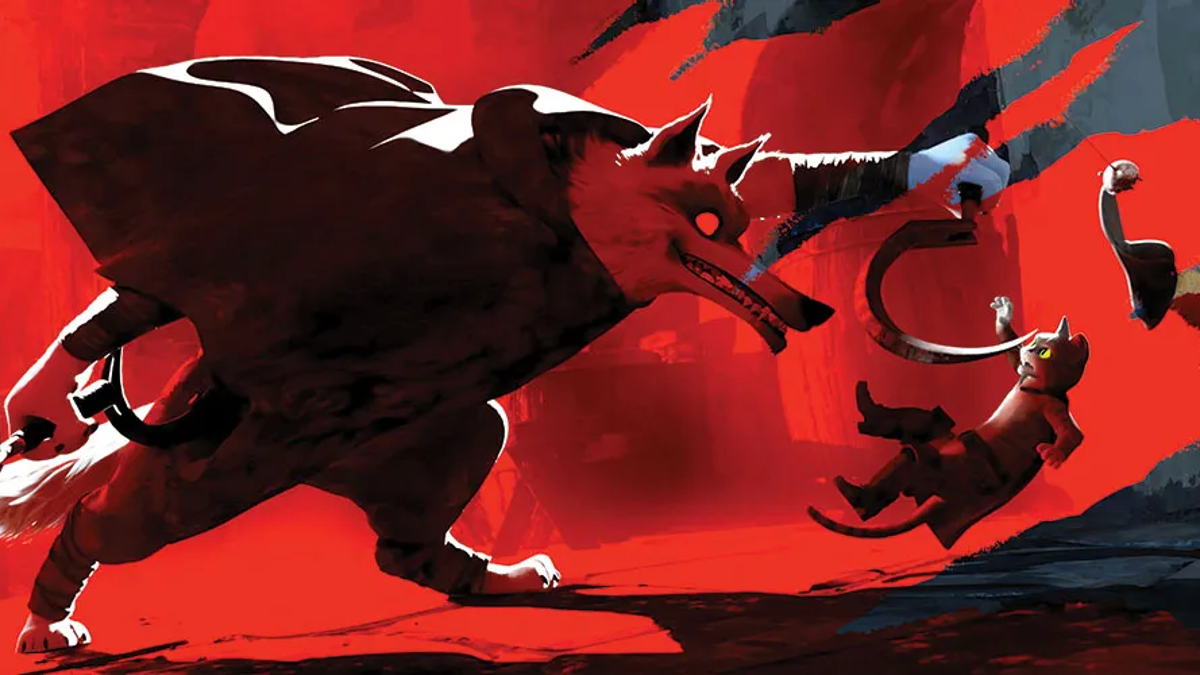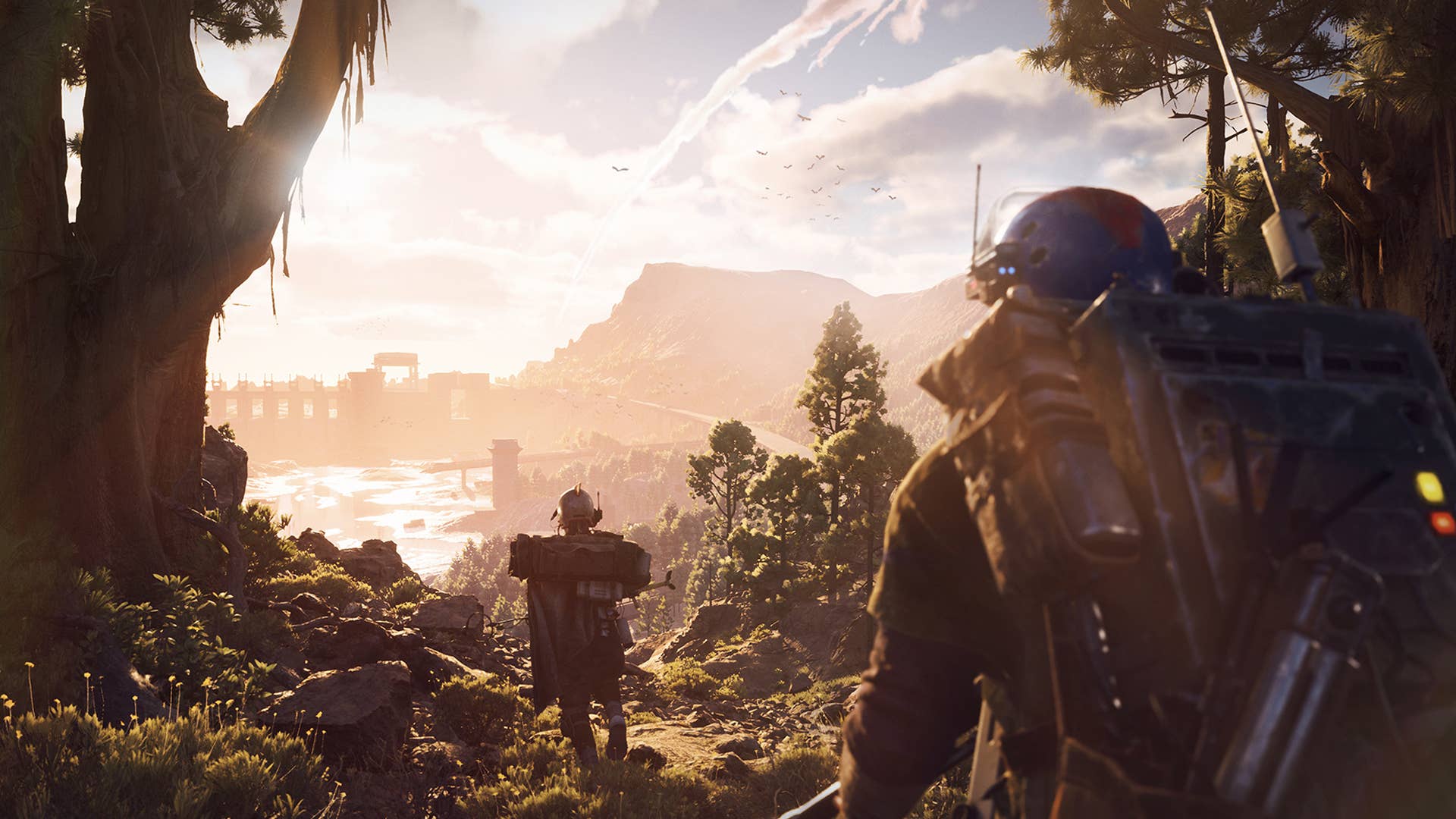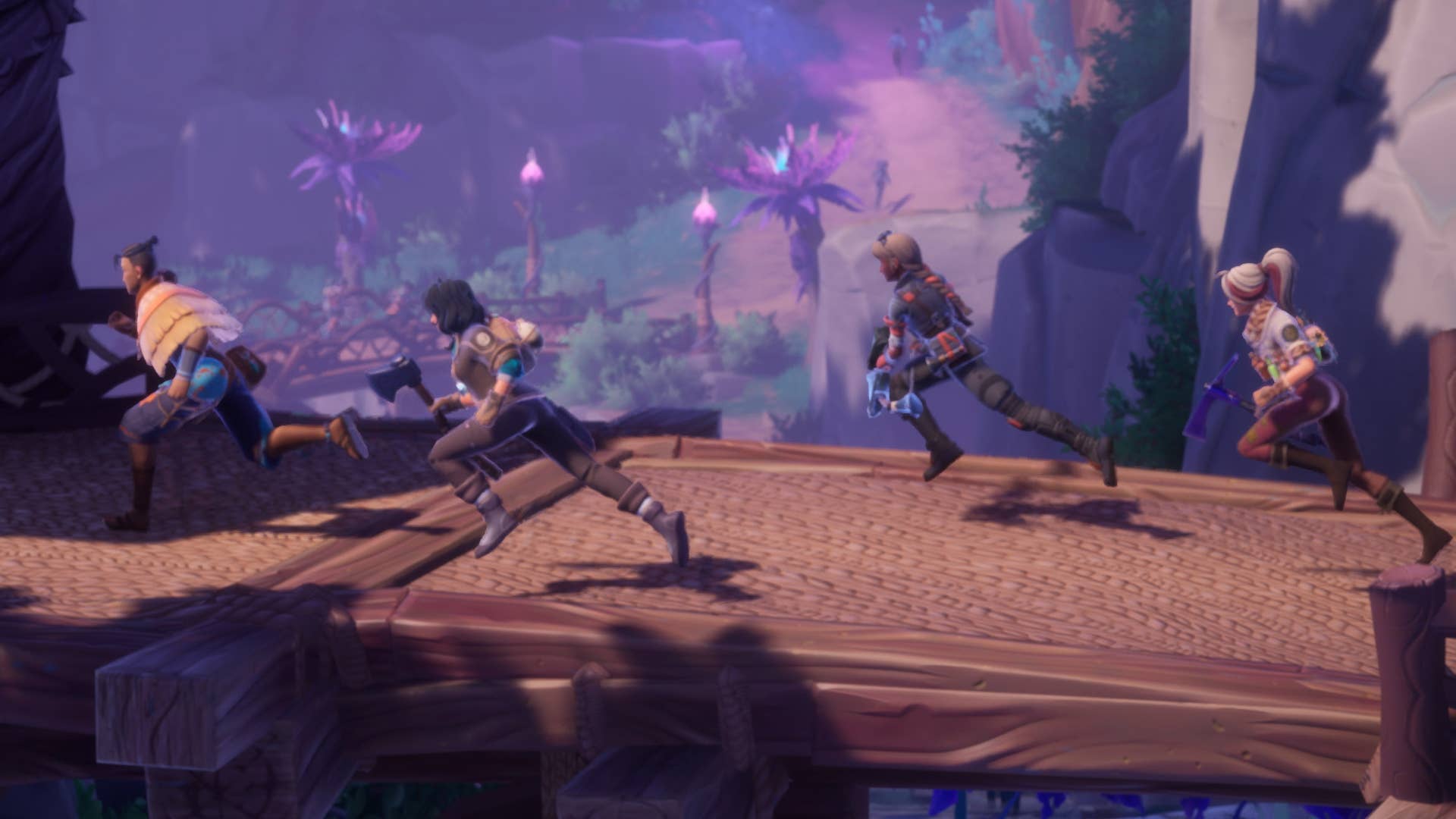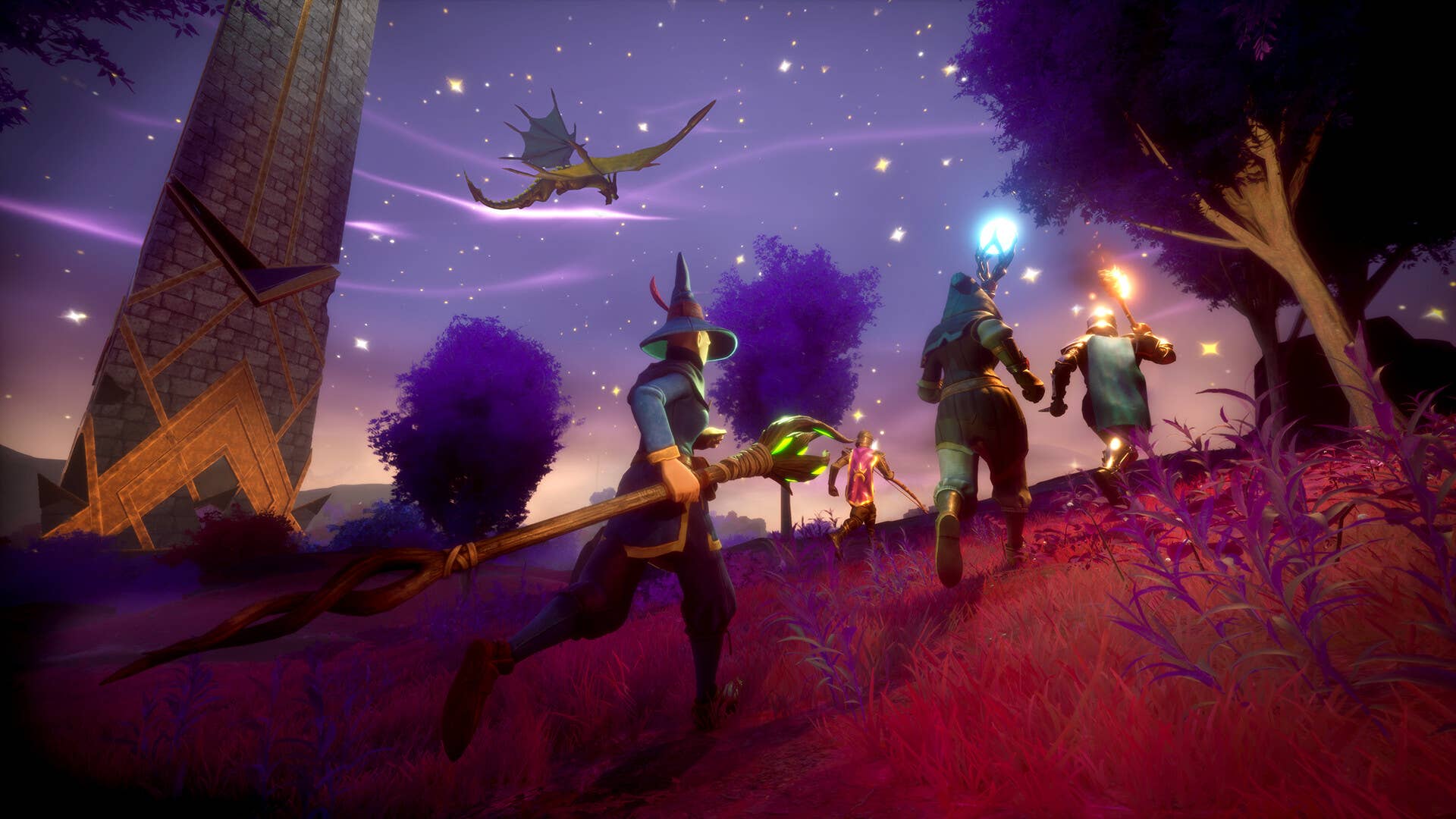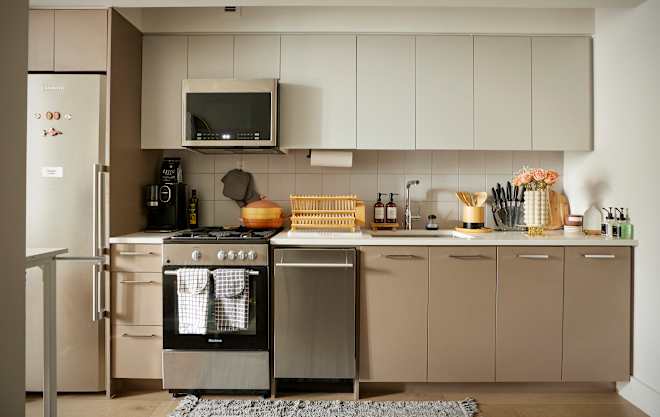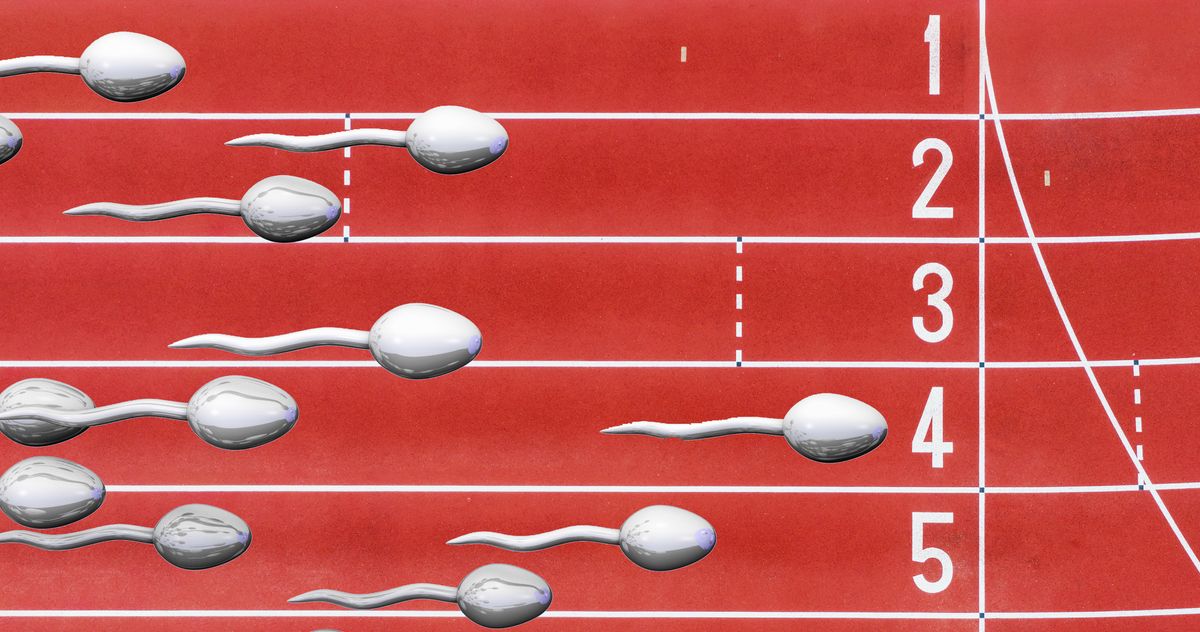Duwisib Castle in Alt Duwisib, Namibia
This red-stone castle emerges from the desert in the middle of nowhere. It’s built in the neo-romantic style, but served its romantic purposes for just seven years. In 1907, German army captain Hansheinrich von Wolf fell in love with Jayta Humphreys, a wealthy American. He had Duwisib Castle built for her, a grand structure with 22 rooms, a great hall, and a luxurious courtyard spa. The architect Wilhelm Sander designed and built the castle for 250,000 gold Marks. It was erected in just two years, an enormous effort as Von Wolf had all building materials come from Germany. They had to be hauled through the desert by horse and carriage all the way from the Luderitz harbor. Artisans were hired from around Europe, including Italian bricklayers and carpenters from Sweden and Ireland. Herero servants worked at the castle, who were enslaved by the Germans after the 1904-1908 Herero wars. The Von Wolf couple had a luxurious lifestyle, and named themselves baron and baroness. They bred horses, using imported Australian and British stock, and acquired a total of 20,000 hectares of land. Herds of wild horses in the region are said to descend from the Von Wolf stalls. In 1914, the First World War broke out. Von Wolf with his wife attempted to travel to Europe, but their ship got redirected to Rio de Janeiro where they got detained. After they were released a couple of months later, Von Wolf was enlisted to fight at the front. He fell within two weeks, 4th of September 1916, at the Battle of the Somme. Jayta never returned to the fairytale home. She stayed in Germany, remarried, and eventually fled back to New Jersey during the second world war. She never laid claim on the castle. It was sold numerous times, went bankrupt and deteriorated. The Namibian government bought the ruin in 1978, and in 1991 it was renovated and declared a national monument. The Great Hall still has the original grandeur, with hunting trophies and paintings. The dining room, winter, and summer bedrooms have their original German furniture. The courtyard has a lush green garden with palms and Jacaranda trees. An Eden in an otherwise brown and arid place.

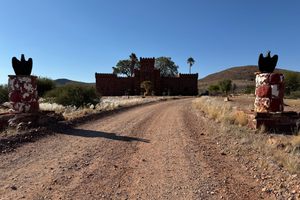
This red-stone castle emerges from the desert in the middle of nowhere. It’s built in the neo-romantic style, but served its romantic purposes for just seven years.
In 1907, German army captain Hansheinrich von Wolf fell in love with Jayta Humphreys, a wealthy American. He had Duwisib Castle built for her, a grand structure with 22 rooms, a great hall, and a luxurious courtyard spa.
The architect Wilhelm Sander designed and built the castle for 250,000 gold Marks. It was erected in just two years, an enormous effort as Von Wolf had all building materials come from Germany. They had to be hauled through the desert by horse and carriage all the way from the Luderitz harbor. Artisans were hired from around Europe, including Italian bricklayers and carpenters from Sweden and Ireland. Herero servants worked at the castle, who were enslaved by the Germans after the 1904-1908 Herero wars.
The Von Wolf couple had a luxurious lifestyle, and named themselves baron and baroness. They bred horses, using imported Australian and British stock, and acquired a total of 20,000 hectares of land. Herds of wild horses in the region are said to descend from the Von Wolf stalls.
In 1914, the First World War broke out. Von Wolf with his wife attempted to travel to Europe, but their ship got redirected to Rio de Janeiro where they got detained. After they were released a couple of months later, Von Wolf was enlisted to fight at the front. He fell within two weeks, 4th of September 1916, at the Battle of the Somme. Jayta never returned to the fairytale home. She stayed in Germany, remarried, and eventually fled back to New Jersey during the second world war. She never laid claim on the castle. It was sold numerous times, went bankrupt and deteriorated.
The Namibian government bought the ruin in 1978, and in 1991 it was renovated and declared a national monument. The Great Hall still has the original grandeur, with hunting trophies and paintings. The dining room, winter, and summer bedrooms have their original German furniture. The courtyard has a lush green garden with palms and Jacaranda trees. An Eden in an otherwise brown and arid place.


































































-Baldur’s-Gate-3-The-Final-Patch---An-Animated-Short-00-03-43.png?width=1920&height=1920&fit=bounds&quality=70&format=jpg&auto=webp#)









